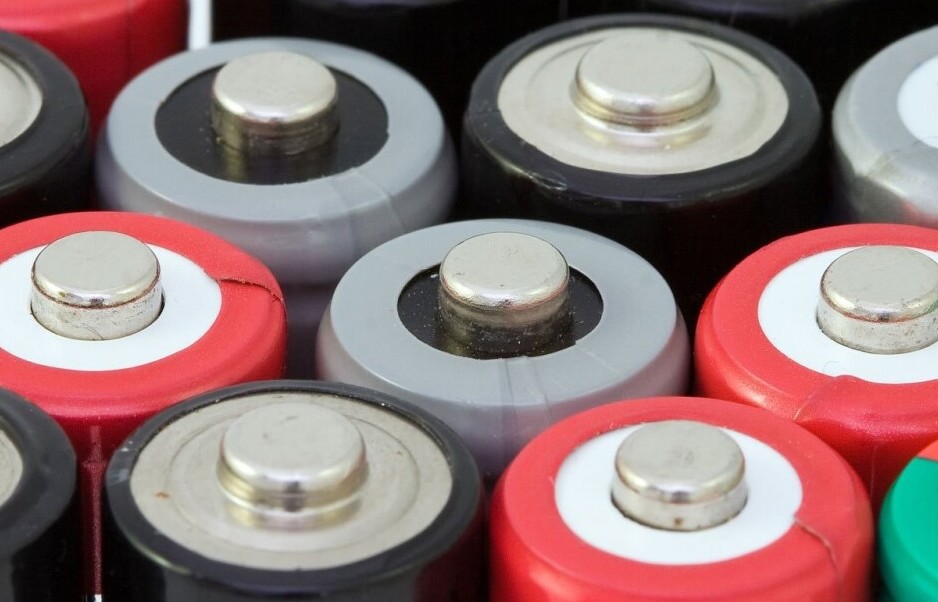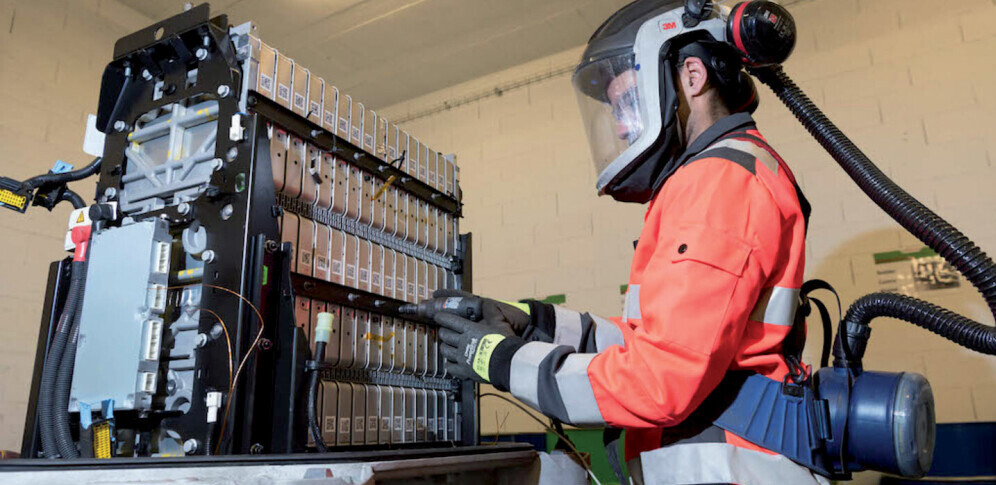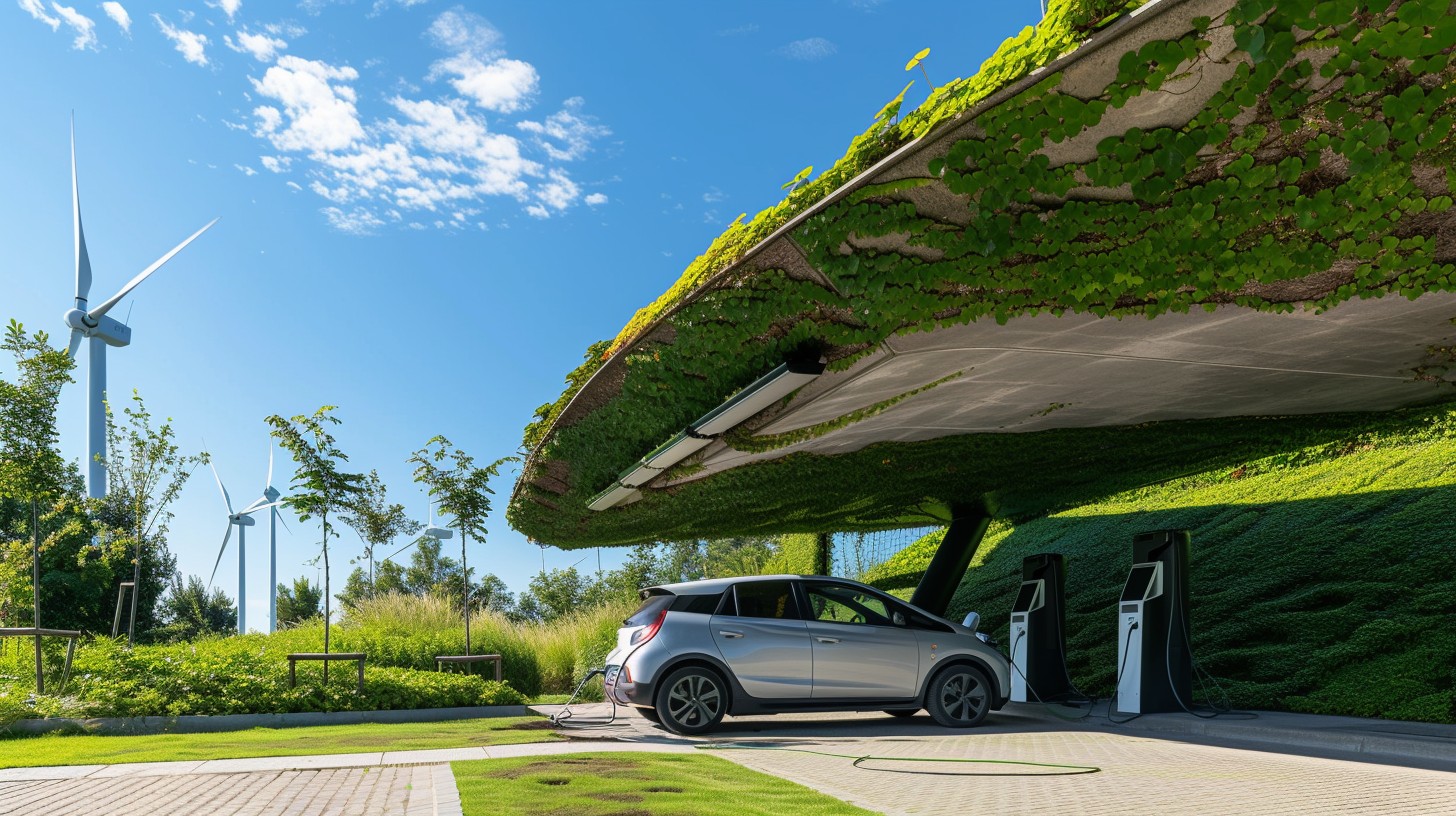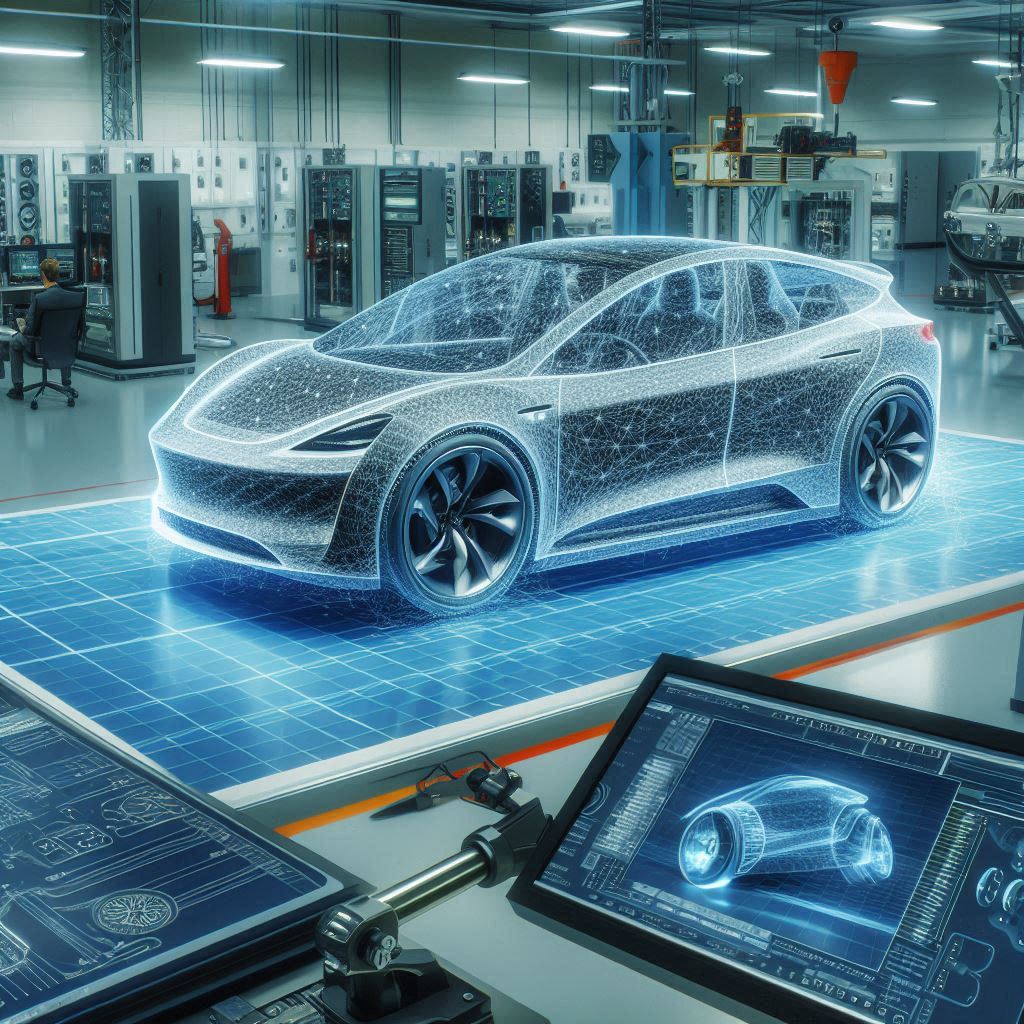Electric Vehicle Battery Tech Advancements
Battery Management Systems (BMS) are like the unsung heroes of the electric vehicle world, quietly working their magic behind the scenes. They keep a watchful eye on everything from the temperature to the voltage, making sure your ride runs smoothly. BMS ensures that all the battery cells are charged and discharged safely, preventing any nasty surprises on the road.
Ever wondered how some electric cars seem to last longer than others? It’s all thanks to those clever BMS strategies. One cool technique is “racking and stacking” multiple batteries, letting them function as a single, super-efficient unit. This approach not only ramps up the power but also spreads the workload across the batteries, giving them a longer life.
Why does this matter? Well, a solid BMS can be the game-changer in your Electric Vehicle (EV) journey. It boosts the battery’s lifespan, meaning fewer replacements and maintenance headaches. Plus, with improved BMS, electric vehicles can push boundaries in reliability and efficiency, making them a smart, sustainable choice for the future.
If you’re on the lookout for an EV or thinking about your current one, pay attention to its battery management system as with these advancements, the future of EVs is looking brighter and more reliable than ever.
Maximizing Battery Longevity: Thermal Management Innovations
Thermal management might not sound like the most thrilling topic, but it’s a real game-changer for electric vehicles. Keeping batteries at the right temperature is crucial to their performance and longevity. Too hot or too cold, and they can lose efficiency. That’s where thermal management systems step in. They’re like the climate control for your battery, ensuring it’s always in the goldilocks zone—not too hot, not too cold.
Recent breakthroughs have made it possible for these systems to adapt to different environments, meaning your EV can handle the blazing sun or the frosty chill with ease. It’s all about creating the perfect atmosphere for your battery and, in turn, boosting its lifespan and reliability.
Why should you care? Well, improved thermal management means more peace of mind and better battery performance. Imagine longer trips with fewer charging stops and a vehicle that works seamlessly, no matter the weather. It’s technology like this that keeps your EV in top shape, serving you for the long haul.
The Quest for Greater Range: Energy Density Breakthroughs
Let’s talk energy density—it’s like the secret weapon for getting more mileage out of your electric vehicle. Energy density refers to the amount of energy a battery can store for a given weight. More energy means longer drives without a pit stop at the charging station.
Today’s electric vehicles are seeing amazing strides in energy density, making those long trips more feasible. Lithium-ion batteries are leading the charge here. They’ve struck a sweet spot, balancing heft with how much energy they can pack in. This balance is why many EVs are hitting incredible ranges.
But the lithium-ion story doesn’t end there. The push for even better range continues with alternatives like lithium iron phosphate (LFP) batteries. These offer solid performance and are favored for their use of iron and phosphate, which are less resource-intensive. As a result, they make for a more sustainable and cost-effective option.
Essentially, these advancements in energy density mean more time driving and less time charging. It’s worth keeping an eye on these developments if you’re considering an EV—or if you’re just into cool tech. With innovations on the horizon, getting the most out of each charge might just become the new norm.
Revolutionising Recharging: Fast Charging and Emerging Battery Innovations

Fast charging is like bringing the EV world one step closer to the convenience of traditional Internal Combustion Cars Engine (ICE) cars. The idea is simple: charge your battery fast enough that it doesn’t become a chore. Innovations in this space, like carbon nanotube electrodes, are starting to make quick charging a reality, slashing charging times significantly.
Imagine pulling into a station, grabbing a drink, and your car’s ready to roll before you take the first sip. That’s the kind of experience these fast-charging technologies aim to deliver. It’s not just about speed; it’s about matching the pace of our lives, keeping you on the move without long waits.
Another exciting development is lithium iron phosphate (LFP) batteries. They offer a unique chemistry using iron and phosphate, avoiding more expensive or scarce elements like nickel and cobalt. This makes them efficient, cost-effective, and more environmentally friendly, ticking all the right boxes.
And let’s not forget about the future of power storage. NanoBolt lithium tungsten batteries are designed to provide impressive power storage and cut down on charging demands. Though still in the research phase, they promise to reshape how we think of EV batteries altogether.
If you’re mulling over an EV purchase or just staying informed, these are the techs to watch. With fast charging and innovative battery solutions on the horizon, we’re heading towards a world where EVs can keep up with our busy routines, offering a seamless and sustainable driving experience.




4 comments